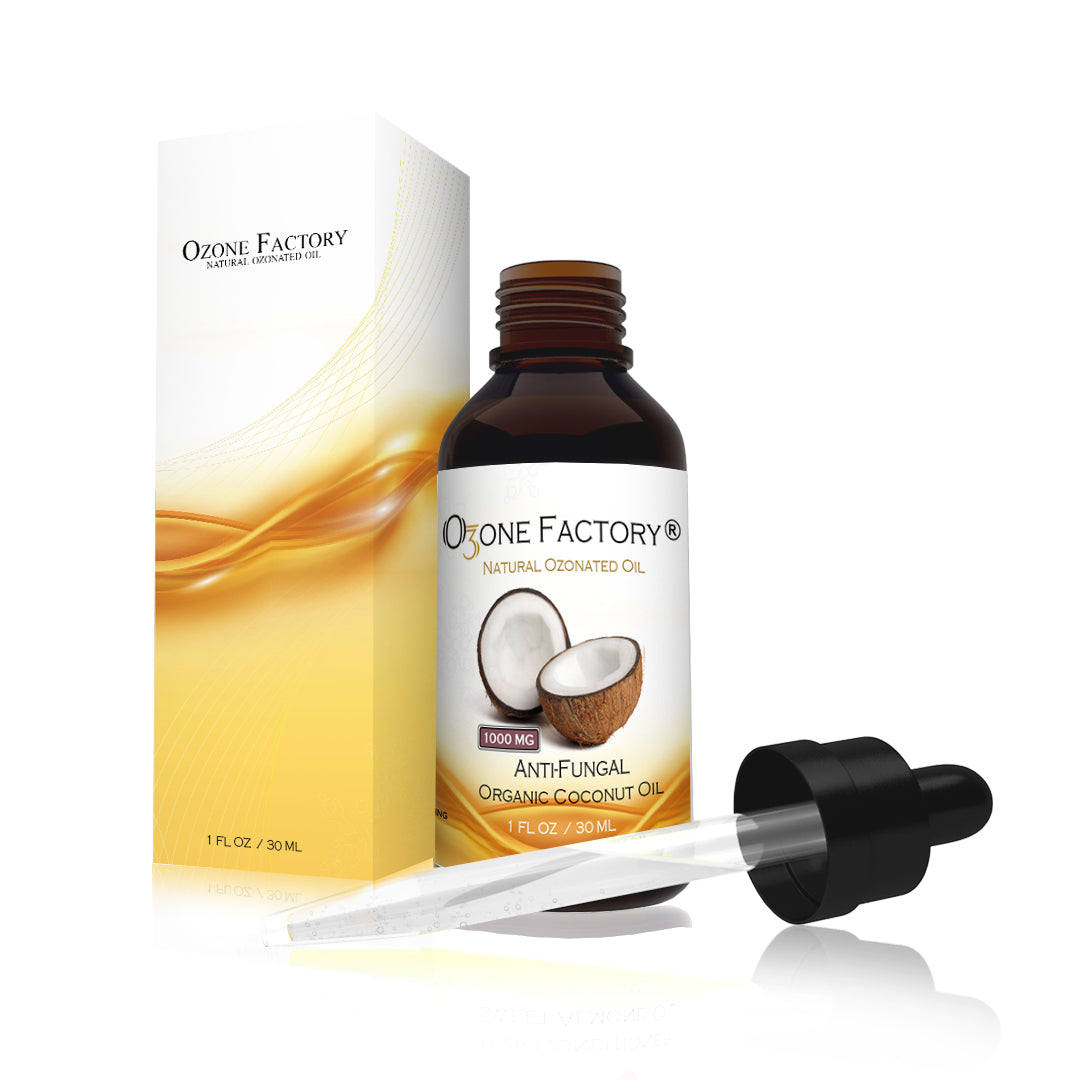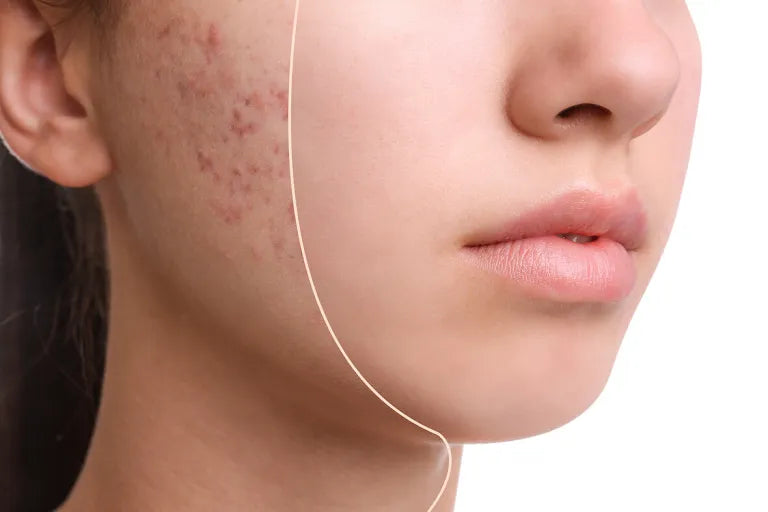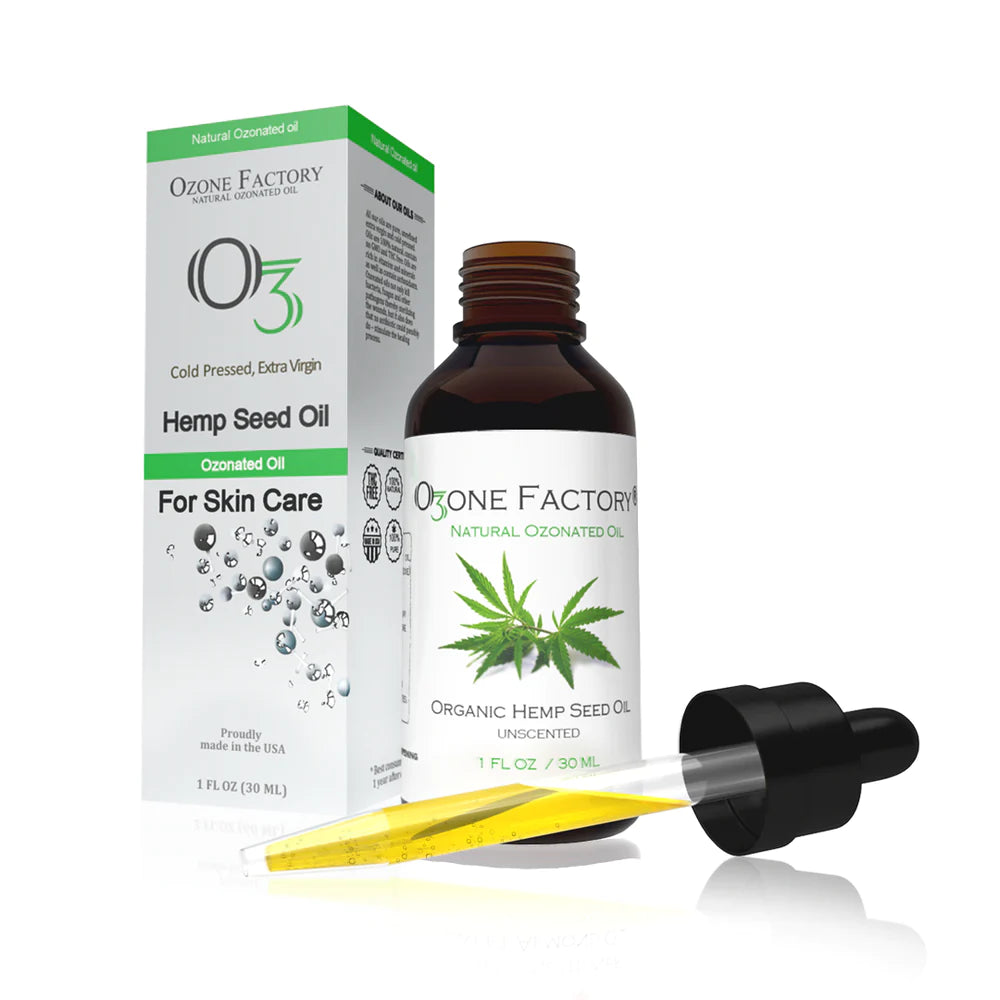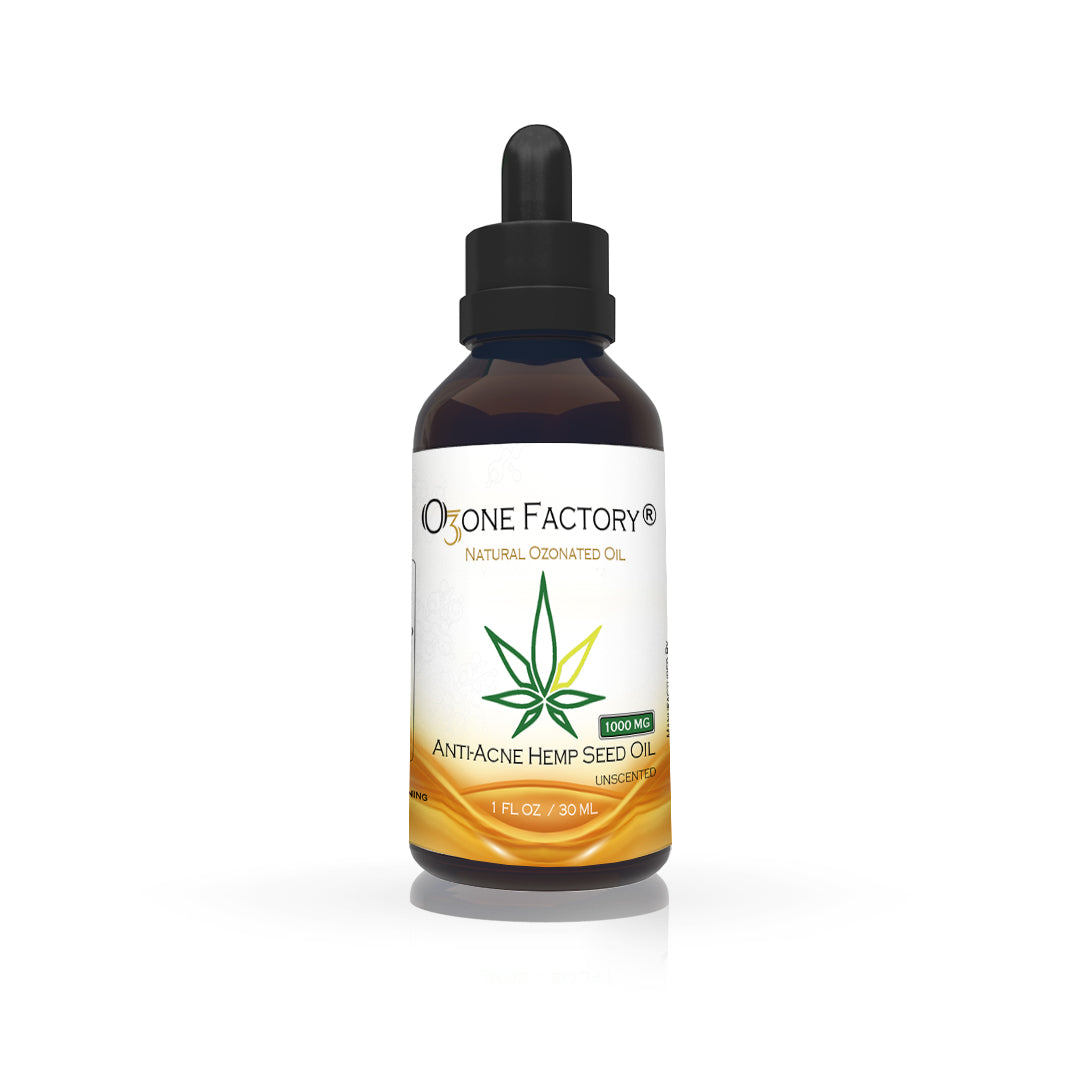
In previous article we started to speak about ozone mechanism of action and how we can avoid ozone toxicity. We spoke about “ozone messengers” and their pharmacodynamics. Today we will continue with biological effects elicited during exposure of human blood to ozone.
There is an ample literature regarding the cytotoxicity of LOPs . These compounds, when tested either in tissue culture, or examined in the context of the delicate respiratory system, are toxic even at a concentration of 1 μM. Surprisingly, submicromolar concentrations (0.01–0.5 μM) tested in several cell types can stimulate proliferation and useful biochemical activities. These findings lead to believe that toxicity of ozonated lipid products depends upon their final concentrations and tissue-localization, so that they can act either as injurious or useful signal. Blood, in comparison to the lungs, is a much more ozone-resistant “tissue” and has never been observed any damage.
However, when we reinfuse ozonated blood, what is the fate of LOPs?
It was often measured the pharmacokinetics* of their disappearance from blood and their half-life in six patients with age-related macular degeneration (ARMD) was equivalent to 4.2 ± 1.7 min. On the other hand, if the same ozonated blood samples were incubated in vitro, levels of LOPs hardly declined during the next 2 h, a result clarifying their toxicity in static cell cultures. As far as cholesteryl ester hydroperoxide is concerned, Yamamoto (2000)
has emphasized the role of the enzymatic degradation and hepatic uptake. Thus
LOPs toxicity in vivo is irrelevant for the following processes:
- FORMATION OF ALBUMIN-4-HNE ADDUCTS. Assuming to ozonate
200 ml of blood with an ozone dose of 8 mg, the presence of about 5 g of
albumin (Cys 34) is sufficient to form adducts with 4-HNE. Moreover in a total
body pool of about 320 g of albumin, the ozonated aliquot is less than 1%
(Aldini et al., 2006).
- DILUTION (up to 150–200 folds) of these compounds in blood and body fluids rapidly lowers their initial concentration to pharmacological, but not toxic
levels. Obviously the ozone dose must be within the therapeutic range.
- NEUTRALISATION of LOPs due to the antioxidant capacity in body fluids
and cells.
- DETOXIFICATION of LOPs due to the interaction with billions of cells endowed with detoxifying enzymes such as aldehyde- and alcoholdehydrogenases, aldose reductase and GSH-transferases (GSH-T) (Siems and
Grune, 2003; Awasthi et al., 2005)
- EXCRETION of LOPs into the urine and bile after hepatic detoxification and
renal excretion (Alary et al., 2003).
- BIOACTIVITY without toxicity. As already mentioned, submicromolar concentrations of LOPs can act as physiological messengers able to reactivate
a biological system gone awry.
*Pharmacokinetics( the dynamics of drug absorption, distribution, metabolism, and elimination)-in order to understand and control the therapeutic action of drugs in the human body, one must know how much drug will reach the site(s) of drug action and when this will occur. The absorption, distribution, metabolism (biotransformation), and elimination of drugs are the processes of pharmacokinetics. Understanding and employ ing pharmacokinetic principles can increase the probability of therapeutic success and reduce the occurrence of adverse drug effects in the body.

The interrelationship of the absorption, distribution, binding, metabolism, and excretion of a drug and its concentration at its sites of action. Possible distribution and binding of metabolites in relation to their potential actions at receptors are not depicted.
From a pharmacokinetic point of view, trace amounts of LOPs, can reach all organs and particularly the bone marrow and the Central Nervous System. LOPs are extremely important in informing cells of a minimal and calculated oxidative stress eliciting the adaptive response. In regard to erythrocytes, LOPs can influence the erythroblastic lineage, allowing the generation of cells with improved biochemical characteristics. These “supergifted erythrocytes”, due to an induction of glucose-6-phosphate dehydrogenase, a higher content of 2,3-DPG and antioxidant enzymes, during the following weeks, are able to deliver more oxygen into ischemic tissues.
The consequence of repeated treatments, obviously depending upon the volume of ozonated blood, the ozone concentration and the schedule is that, after a few initial treatments, a cohort (about 0.8% of the pool) of “supergifted erythrocytes” will enter daily into the circulation and, relentlessly, will substitute old erythrocytes generated before the therapy. This means that, during prolonged ozonetherapy, the erythrocyte population will include not only cells with different ages but, most importantly, erythrocytes with different biochemical and functional capabilities.
In the course of ozone therapy, we have already measured a marked increase of G-6PD and other antioxidant enzymes in young erythrocytes (Bocci, 2004). The process of cell activation is very dynamic and don’t last for ever because blood cells have a definite life-time and a limited biochemical memory; therefore, the therapeutic advantage MUST BE MAINTAINED WITH LESS FREQUENT TREATMENTS.
The antioxidants system

The interaction among antioxidants, enzymes and the metabolic system is very important as it allows their rapid regeneration and the maintenance of a normal antioxidant status.
The following scheme beautifully illustrates the cooperation among various antioxidant system in order to neutralize a lipoperoxide radical ROO• (shown on the left hand side) to a less reactive hydroperoxide, ROOH. The reducing activity is continuously generated by cellular metabolism via the continuous reduction of NAD(P)+ to NAD(P)H.

It suffices here to say that, during the transient exposure of blood to appropriate concentrations of ozone, the antioxidant reservoir decreases no more than 35% in relation to ozone doses between 10 and 80 mcg/ml of gas per ml of blood.
It is important to add that this partial depletion is corrected in less than 20 min thanks to the recycling of dehydroascorbic acid, GSSG, alpha-tocopheryl
radical to the reduced compounds.
Conclusions
The concept that ozonetherapy is endowed with an acute oxidative stress bothers the opponents of this approach because they consider it as a damage inflicted to the patients, possibly already under a chronic oxidative stress. THEY DO NOT BELIEVE THAT OZONETHERAPY INDUCES A MULTIVARIED THERAPEUTIC RESPONSE ALREADY WELL DOCUMENTED IN SOME DISEASES. Moreover THEY DO NOT DISTINGUISH THE CHRONIC OXIDATIVE STRESS (COS) DUE TO AN ENDOGENOUS AND UNCONTROLLED HYPEROXIDATION LINKED TO SEVERAL PATHOLOGIES WITH THE SMALL AND TRANSIENT OXIDATIVE STRESS that we can precisely perform EX VIVO with the ozone dose.
The THERAPEUTIC RESPONSE achieved after these repeated oxidative
stresses can be envisaged as a PRECONDITIONING EFFECT eventually able to
reequilibrate the redox system altered by pathogenetic stimuli.

Ozone a new medical drug.






